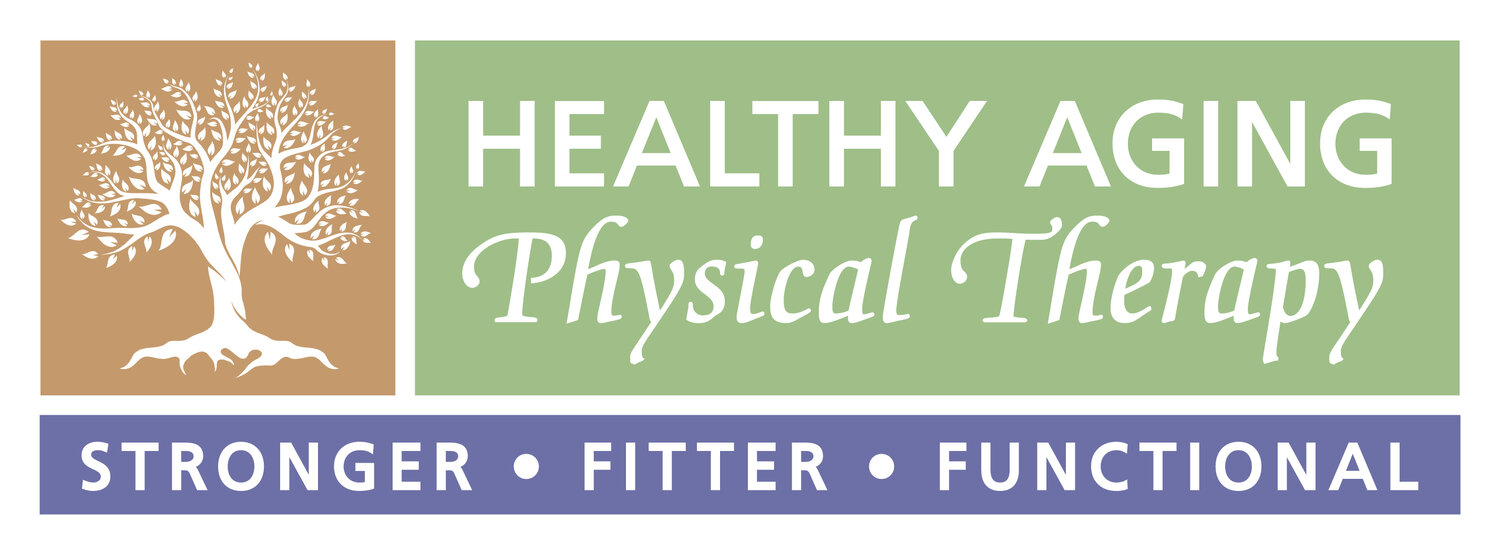FAQ # 4: How Do I Know if I’m at ‘Fall Risk?’
As you know, I love to counter a question with another question, or in this case, three:
1 ) Have you fallen in the past year?
2) Do you feel unsteady with standing or walking?
3) Do you worry about falling?
If the answer to any of these is yes, research has shown that you are likely at an increased risk for falling. Now while this may seem like a short and sweet, the actual answer is a bit longer and more involved. This is where I come in. When I check to see if a patient of mine is at increased risk of falls, I’m like a detective on a trail. While I may start with these questions, their answers lead me down windy trails where I pick up clues that not only determine IF you are at fall risk, but more importantly, WHY. And it’s the WHY that allows me to help you prevent them. But that’s a story for a different post.
So, back to the question at hand. What do I look at to determine if you’re at risk for falls?
1) I look at how you move. First and foremost, I look at your mobility, in your own home environment, sometimes when you don’t even think I’m watching (‘hey, can you give me a tour of your house?’). Without even doing another test, this would probably give me the most valuable information I can get. Do you stumble over thresholds? Reach for walls? Get distracted and lose balance with turning? Are there environmental hazards (small pets, throw rugs and more egads!) that could cause you trouble down the road? Is it dark? Is it too bright? Are you moving too fast, or too slow? Are you using assistive devices or may benefit from one? Do your movement patterns indicate an area of weakness or contracture? As therapists, this is our bread and butter. If you’re every hanging with a PT and feel like you’re being watched (or judged), you are! We can’t help ourselves, and we’re truly sorry:)
2) I look at your balance. Obvi. Your very ability to stand upright, balanced over your base of support requires an intricate and functioning relationship between your feet, your inner ear, your eyes and your brain. This combination is lovingly referred to as your somatosensory integration. It allows you to stay upright, and then allows you to control your body as it moves both purposely outside your base of support - and unpurposely (is that a word?), as in the case of a loss of balance. By putting you in a series of different foot positions, with different degrees of challenge to each of these systems (somatosensory, vestibular, visual), I can identify which system is working and which system could work better - and then develop a plan of action to improve your balance over all.
3) I look at aaaaallll other systems that are involved with your balance. Do you have pain that surprises you and knocks you off your feet? Limited range of motion in places that make your feet more likely to catch on the stair? Do you get tired easily or have impairments in cardiovascular function that make it more likely for you to pass out? Are you taking medicines that could make you dizzy, or confused or sleepy? Are you taking medicines that make it more likely to get injured from a fall like steroids that can make your bones more brittle or a blood thinner that could put you at risk for a head injury? Do you have other comorbidities that could play a role? Diabetes with fluctuating blood sugars? COPD with oxygen rates that drop when you move? Covid that has left you exhausted and uncertain on your feet?
Before this FAQ becomes a book, I’ll stop there. As you can tell, there is a lot that goes into answering this seemingly simple question. Fortunately, there are Physical Therapists, like me, who train for years to become Fall Risk Detection experts and are happy to help you figure it out. If you’d like to learn more about fall risk, fall prevention and how I figure this all out, please join me Tuesday night for a Zoom webinar titled ‘So You’ve Been Told You’re UNSTEADI. Now What?’ During this one-hour seminar, I’ll dive deeper into the fall risk assessment process, explain the STEADI initiative, and how it is used by your medical team to determine fall risk and address modifiable risk factors and give you tools to make changes on your own to help you stay on your feet.
To register ahead, please click the link below and you’ll receive the zoom link from there.
So You've Been Told You're UNSTEADI Zoom Registration


